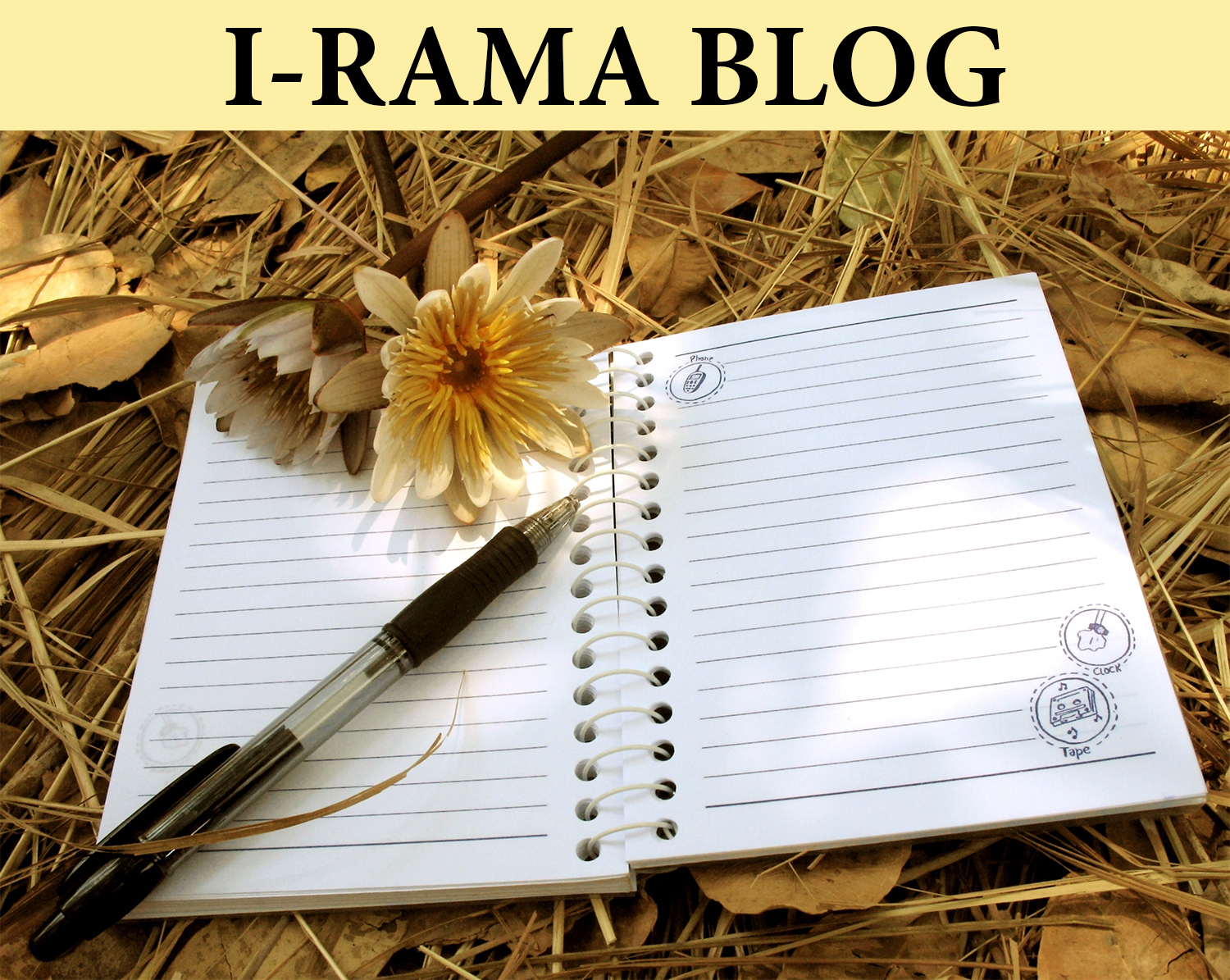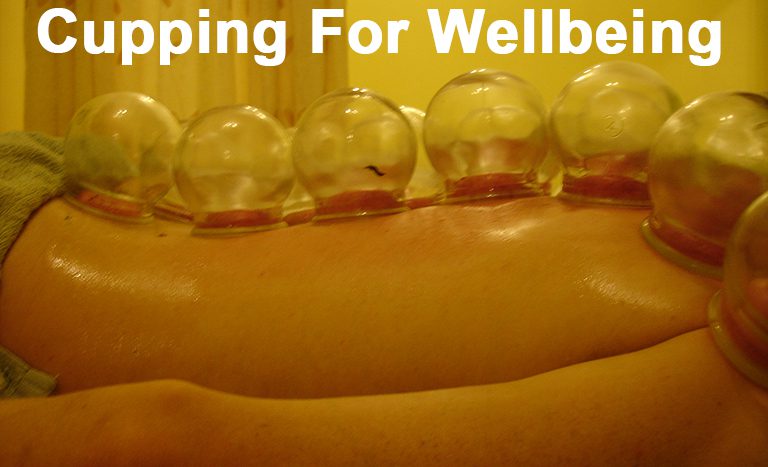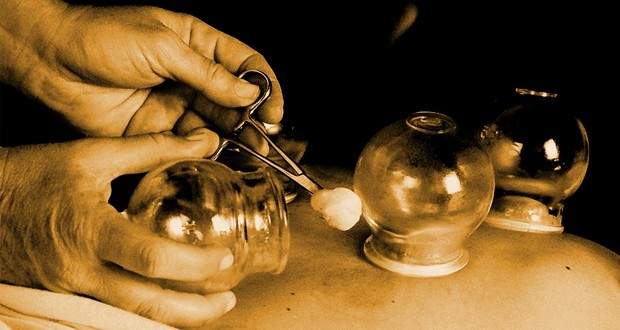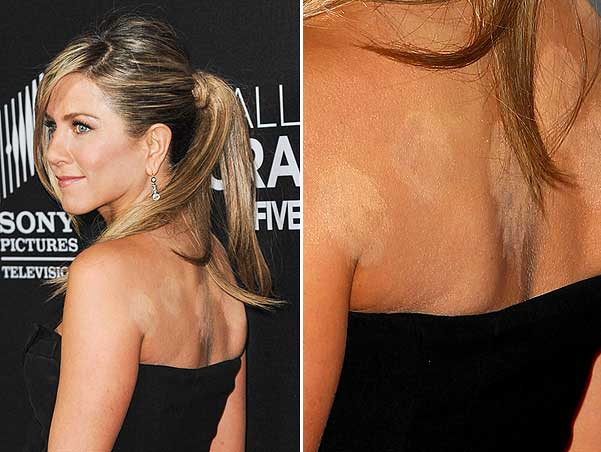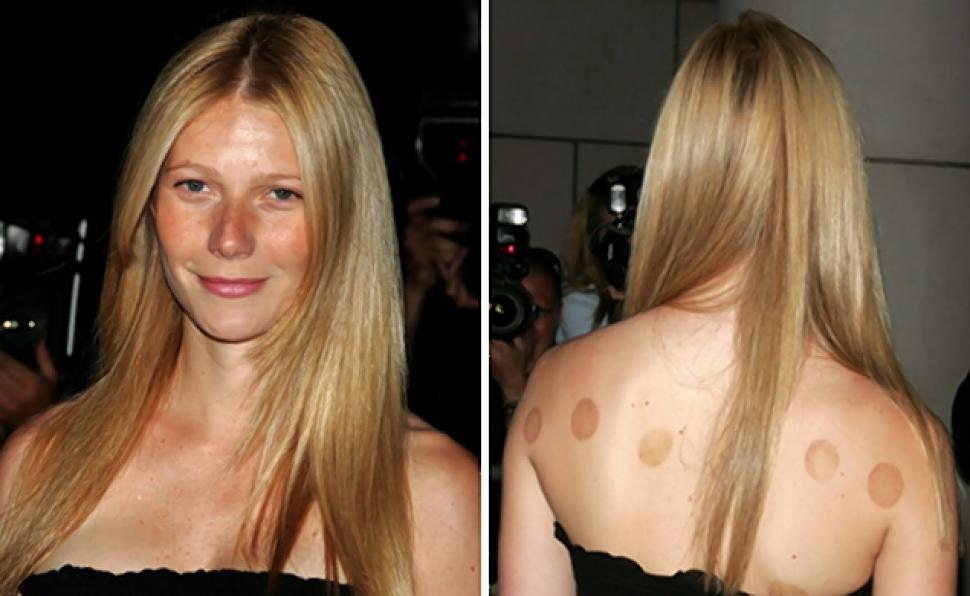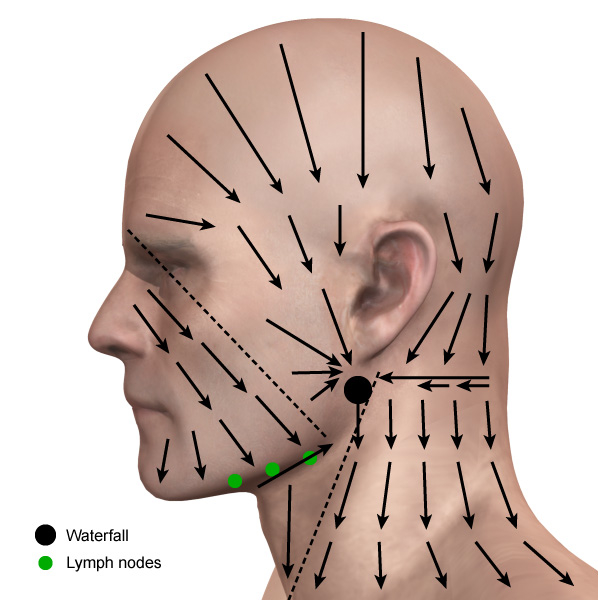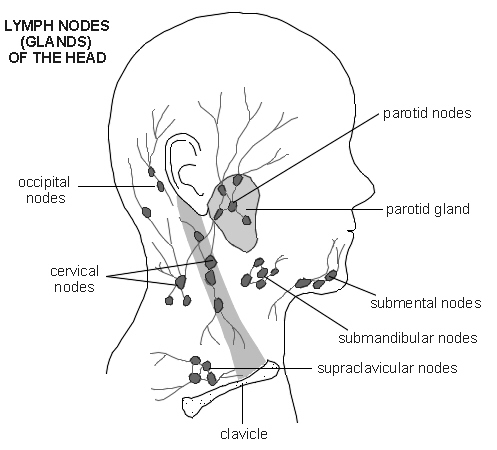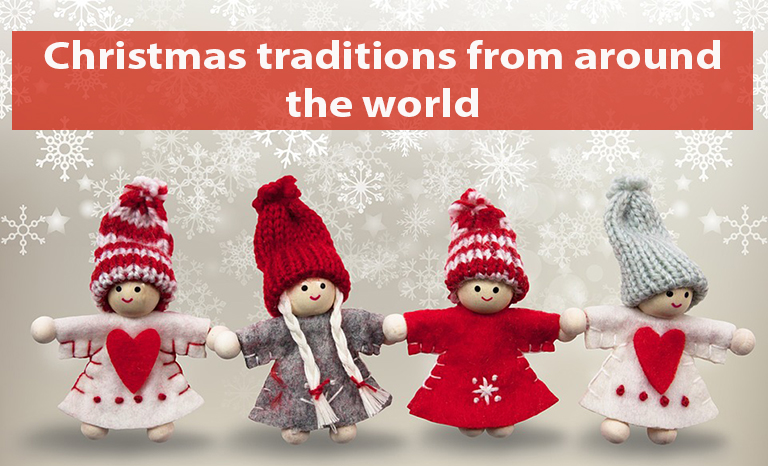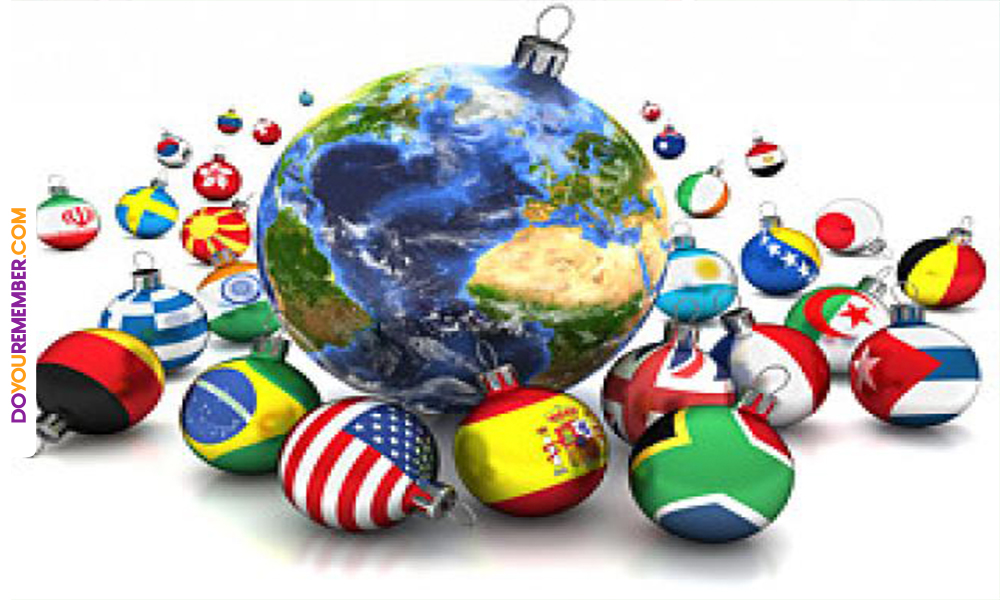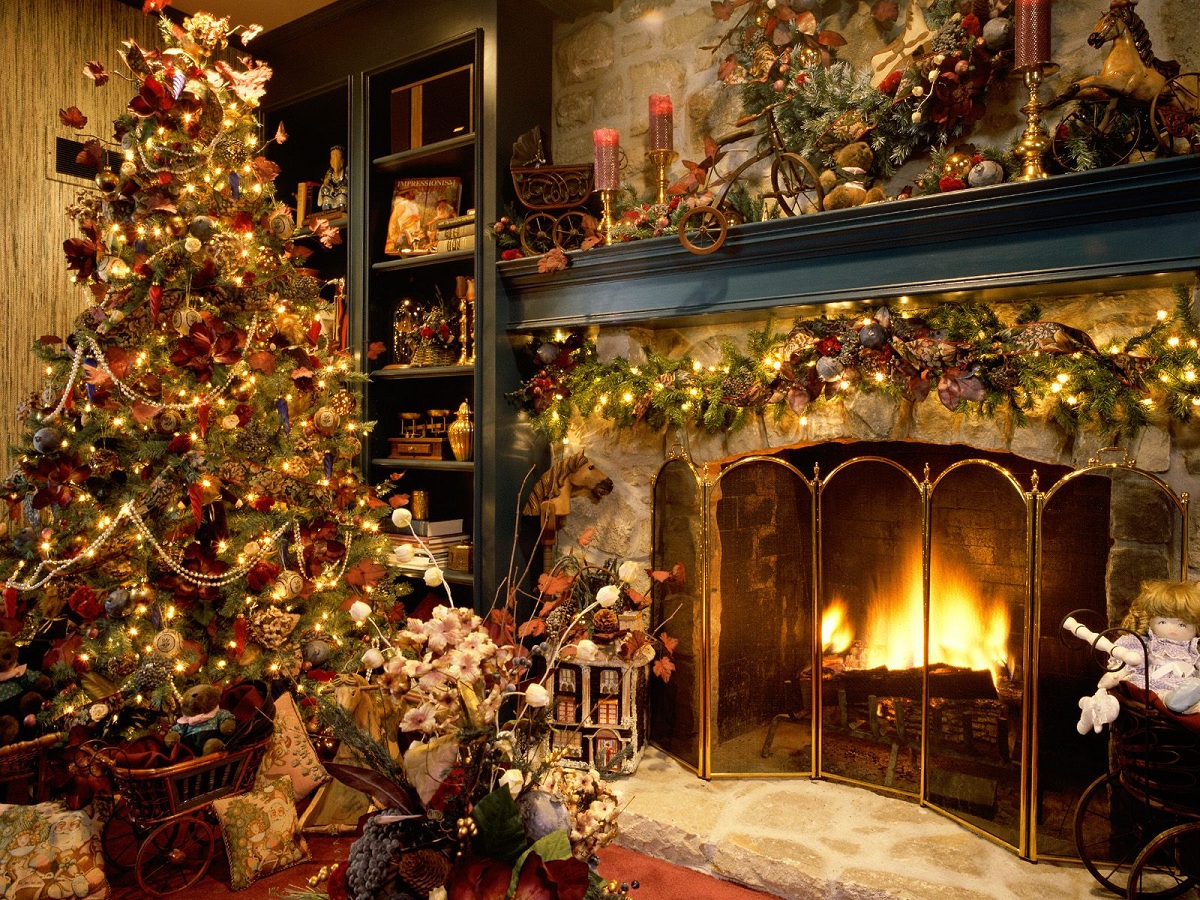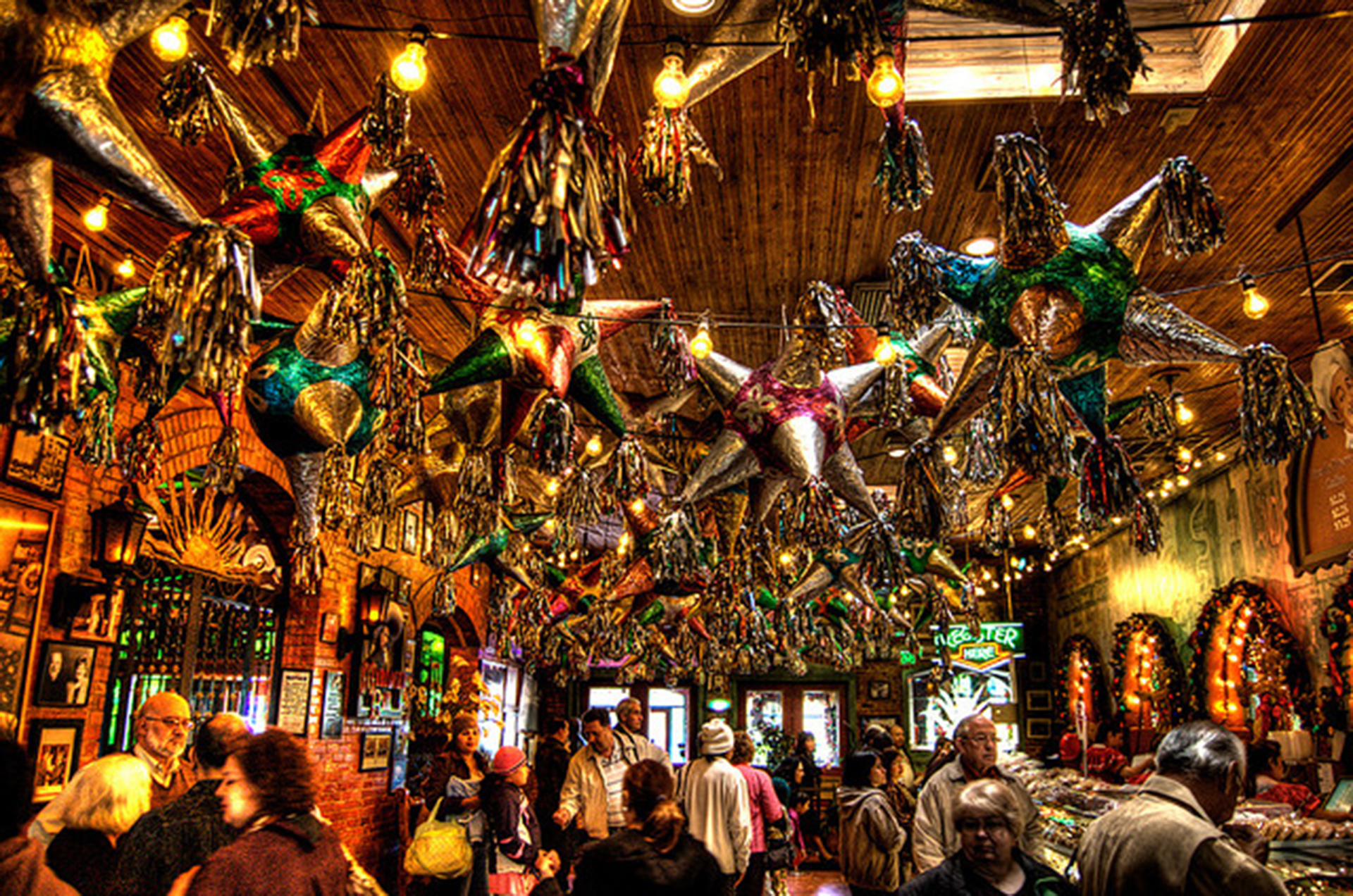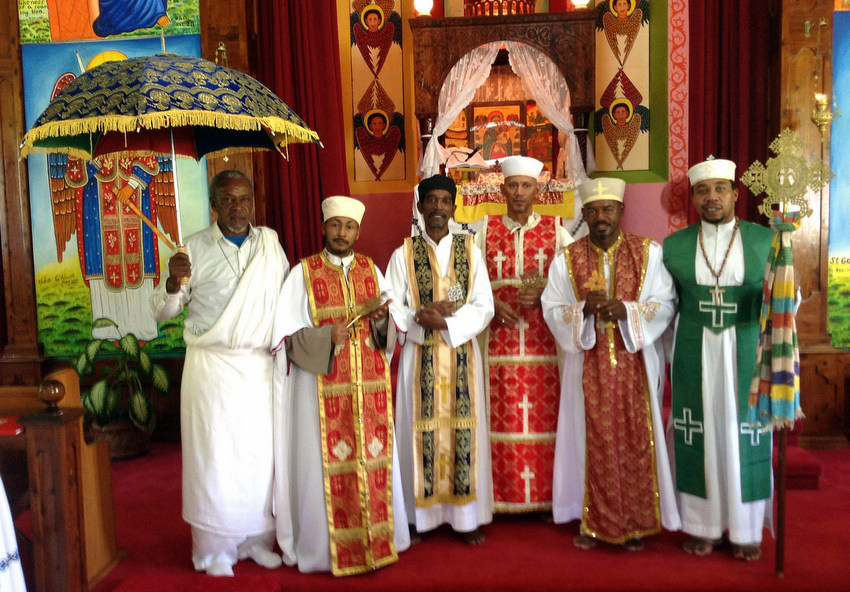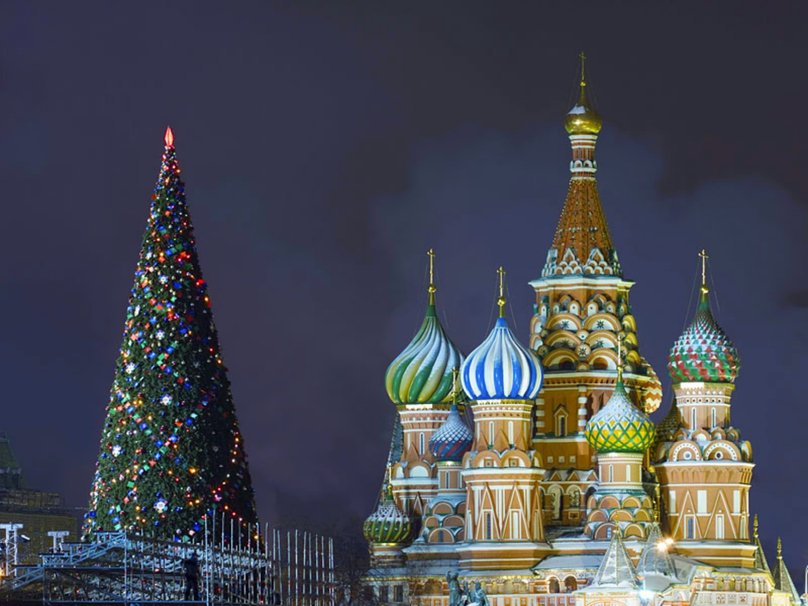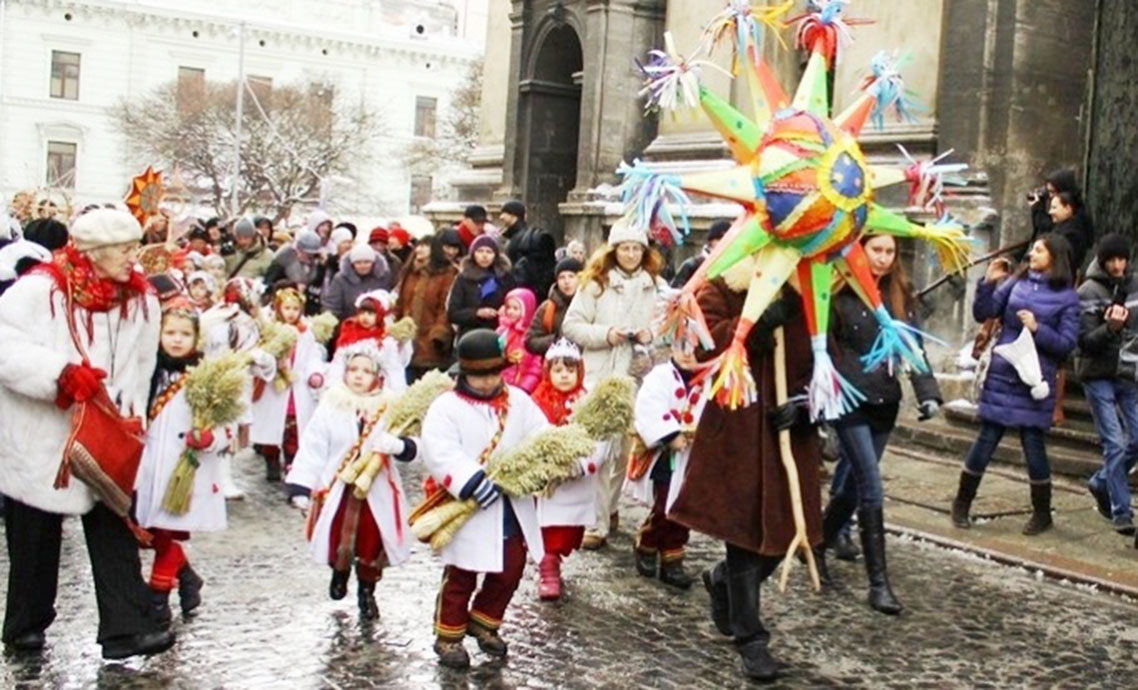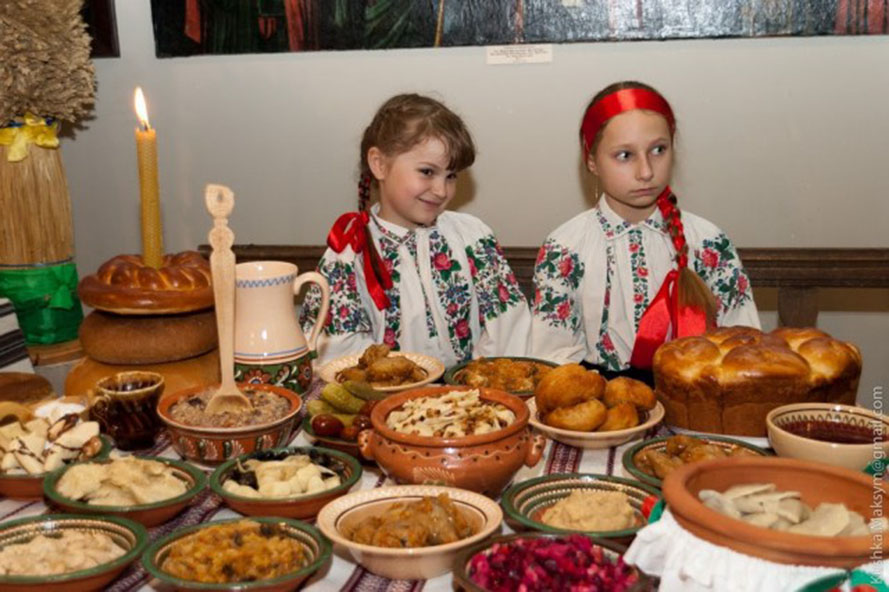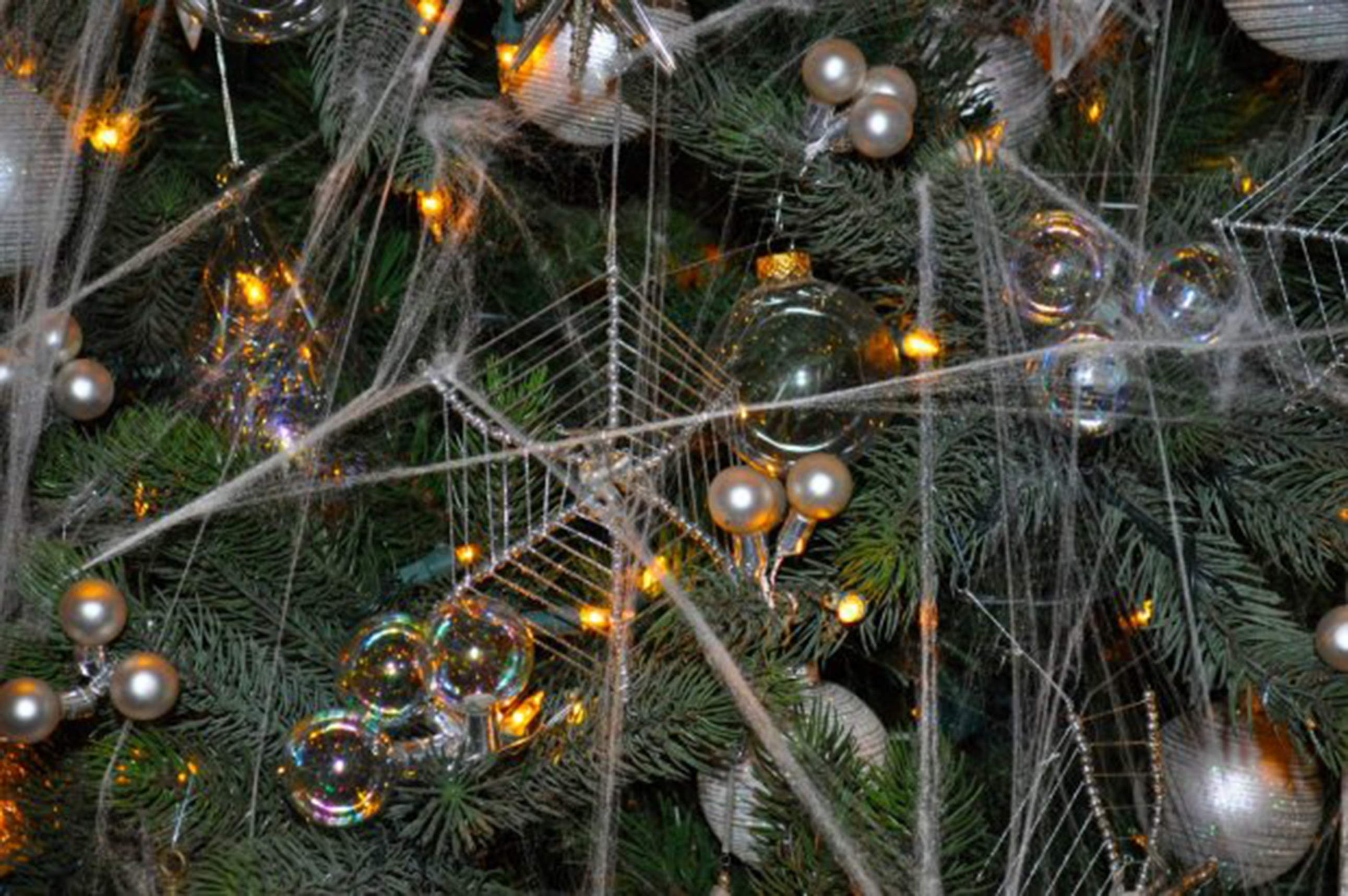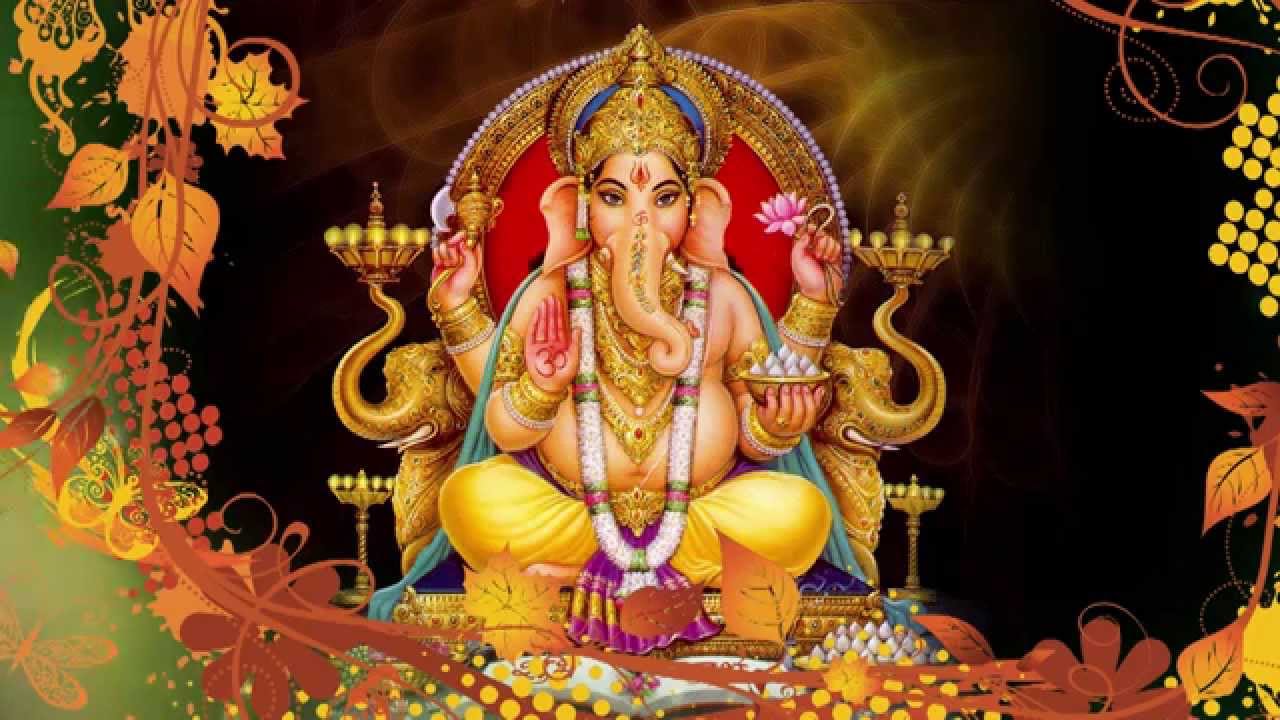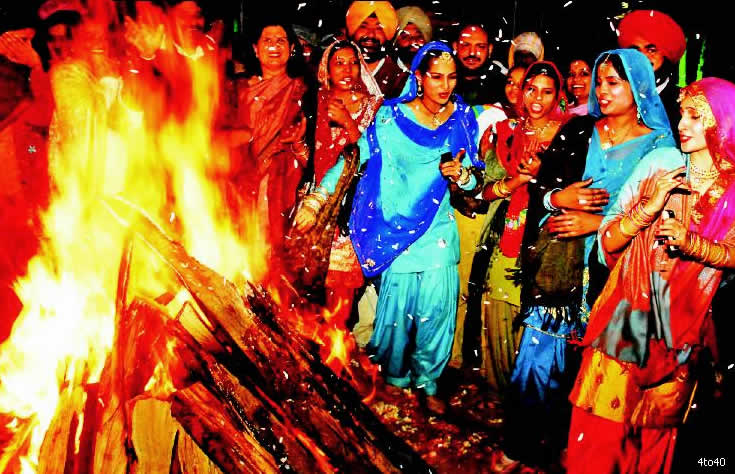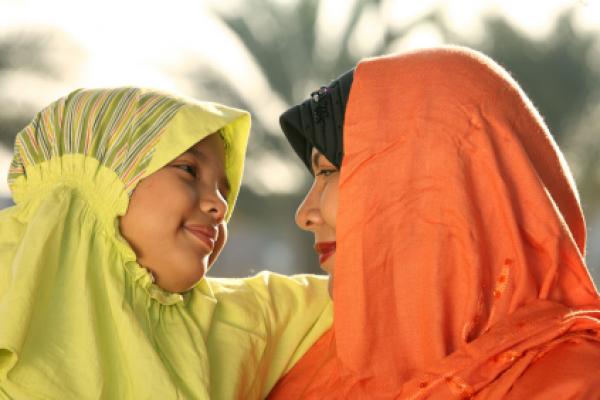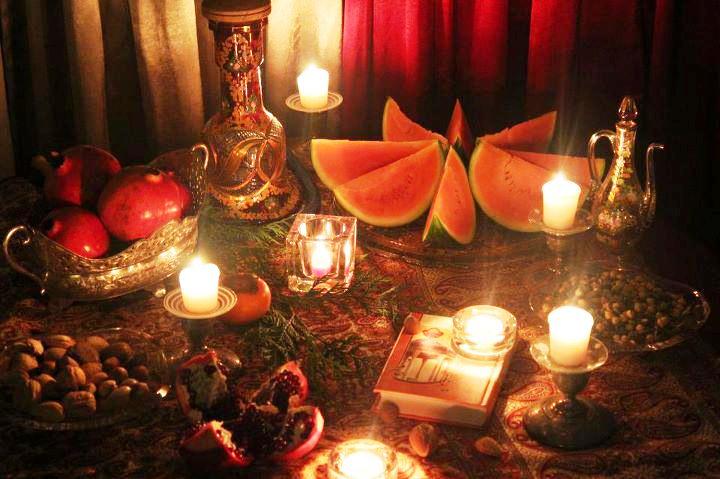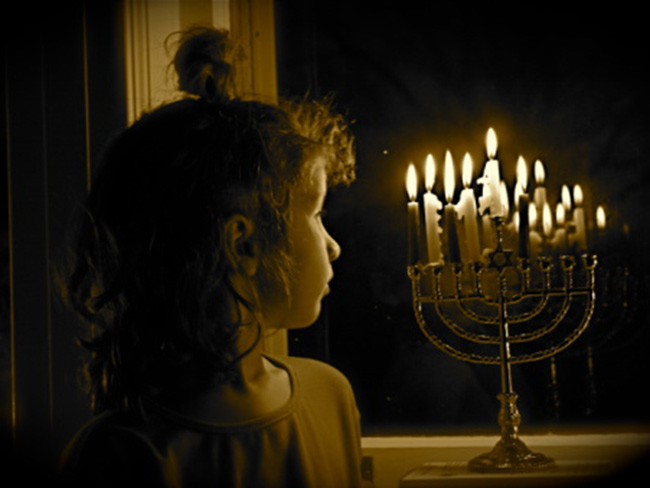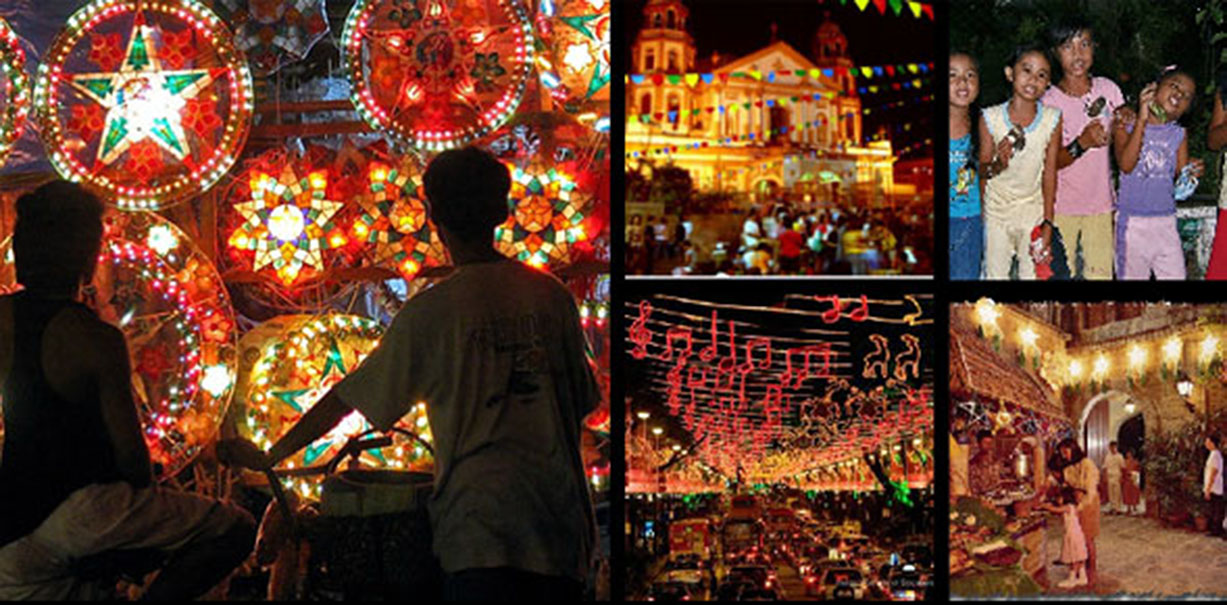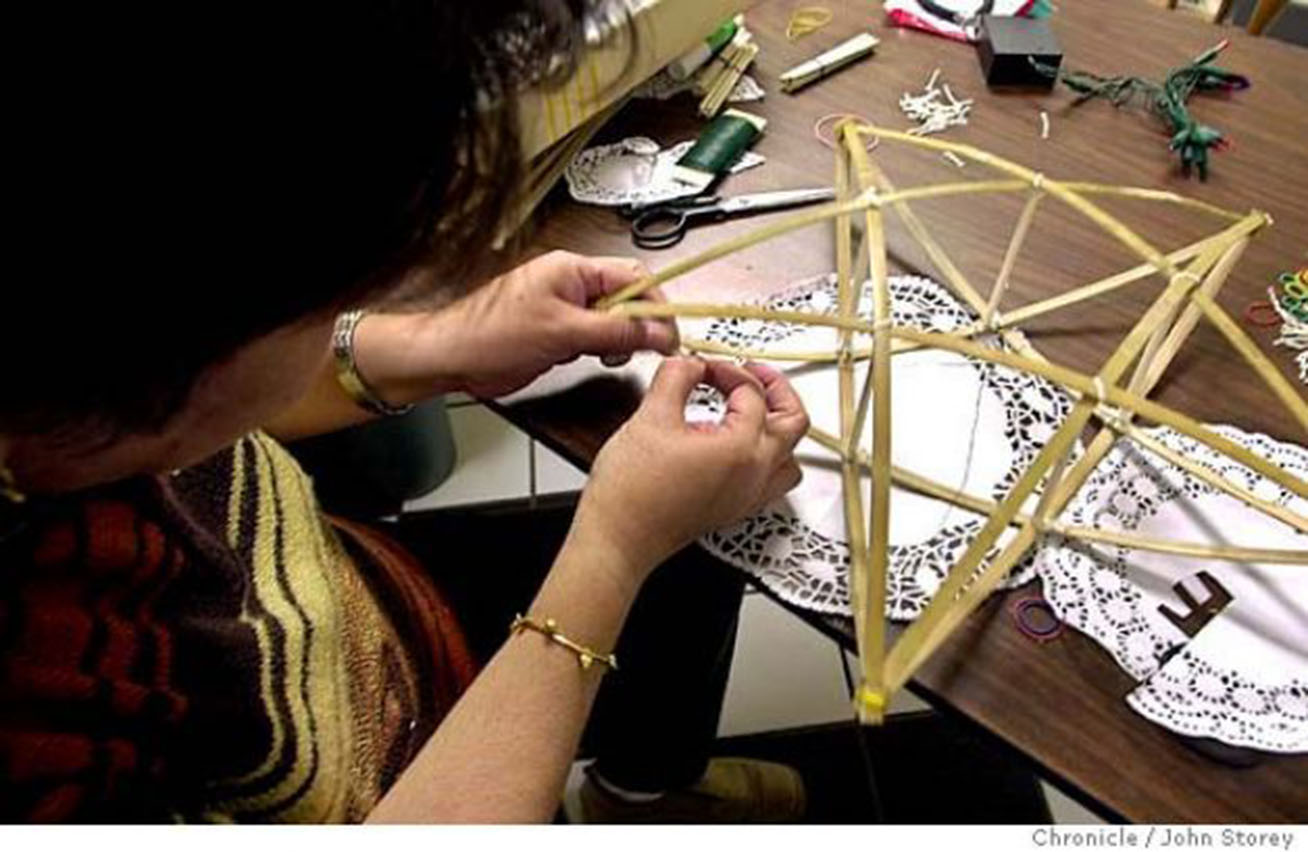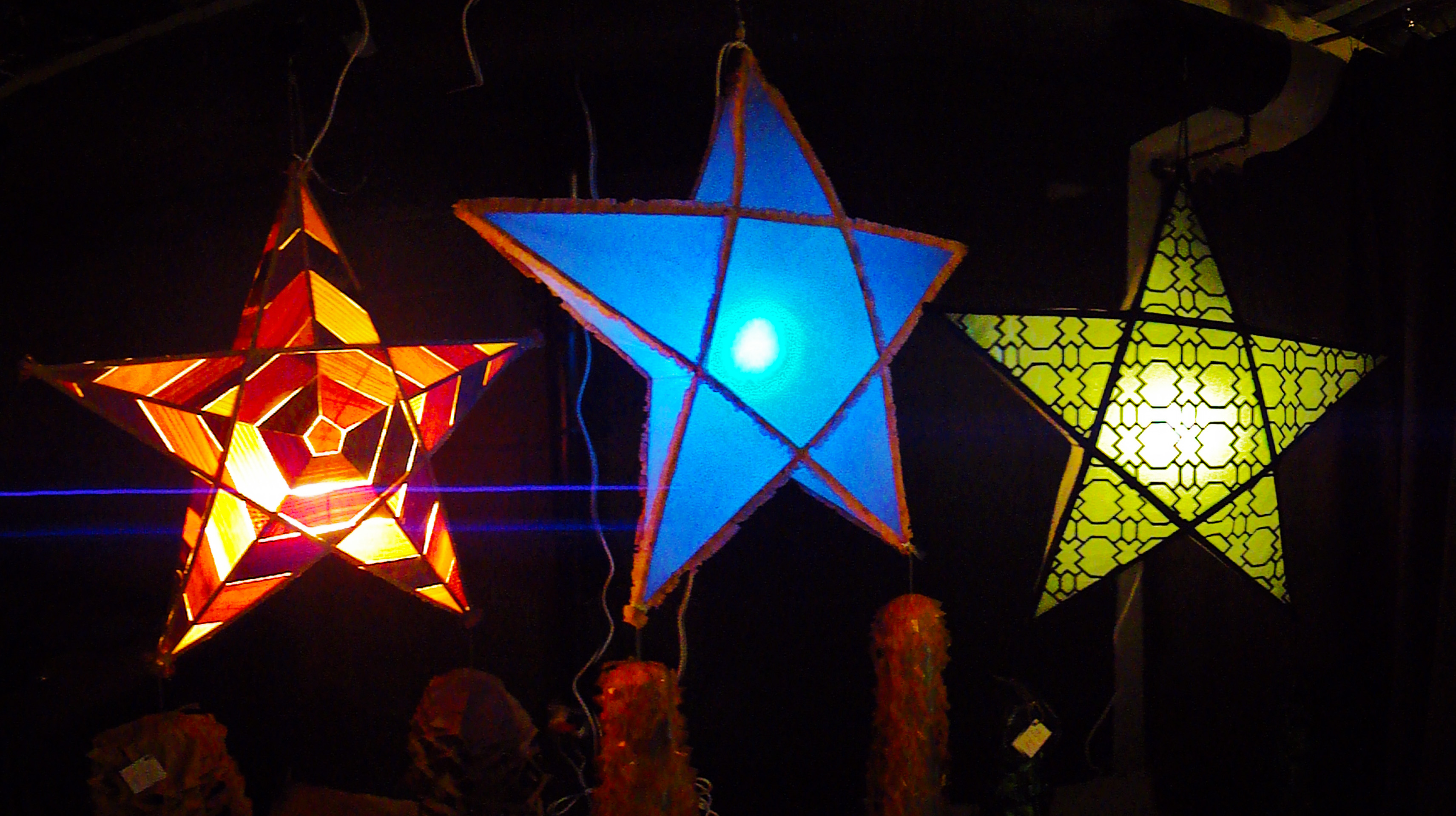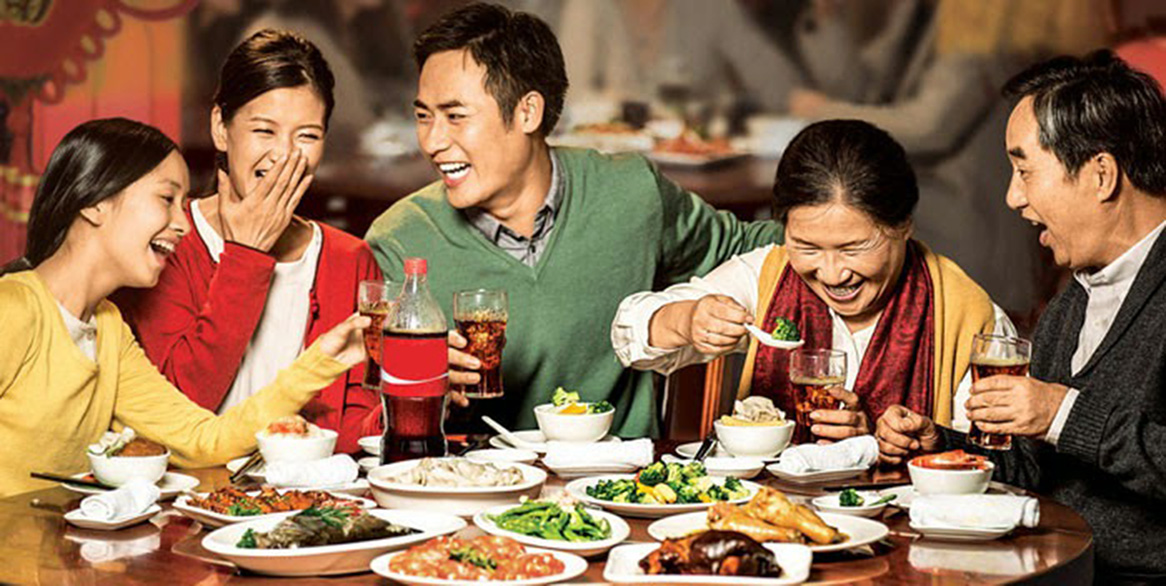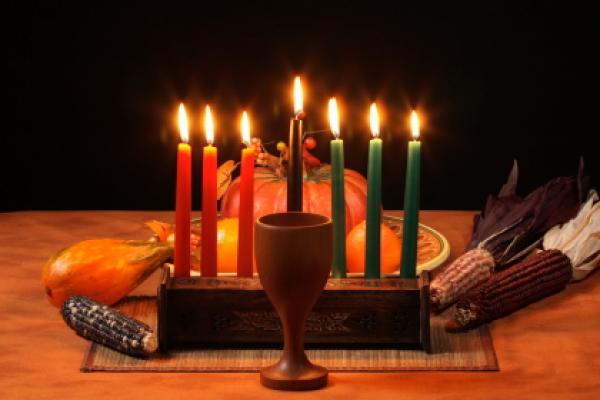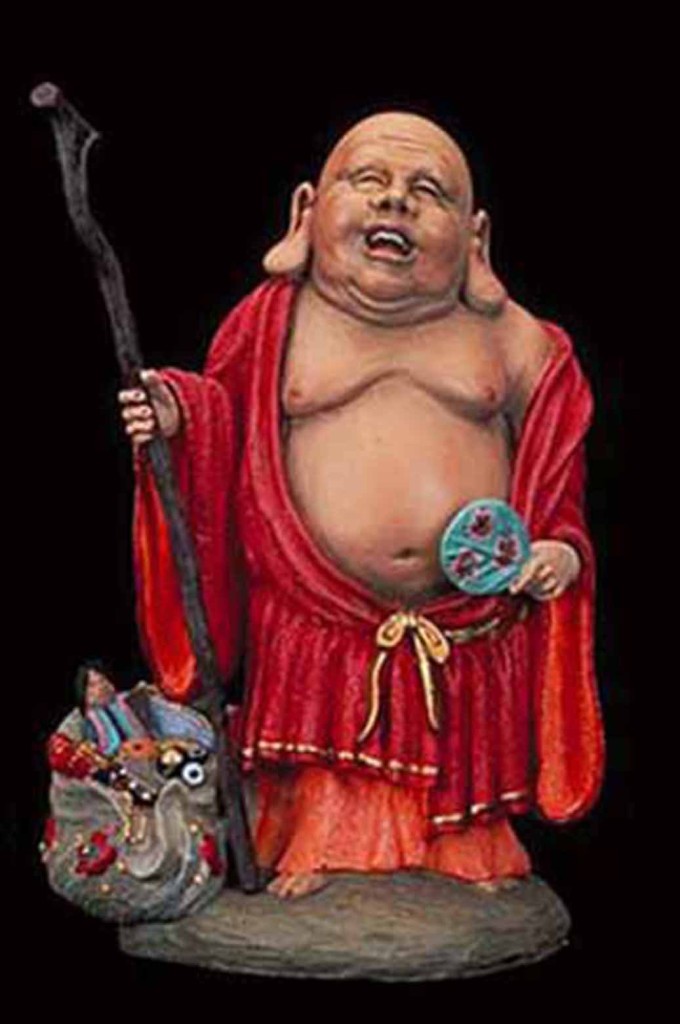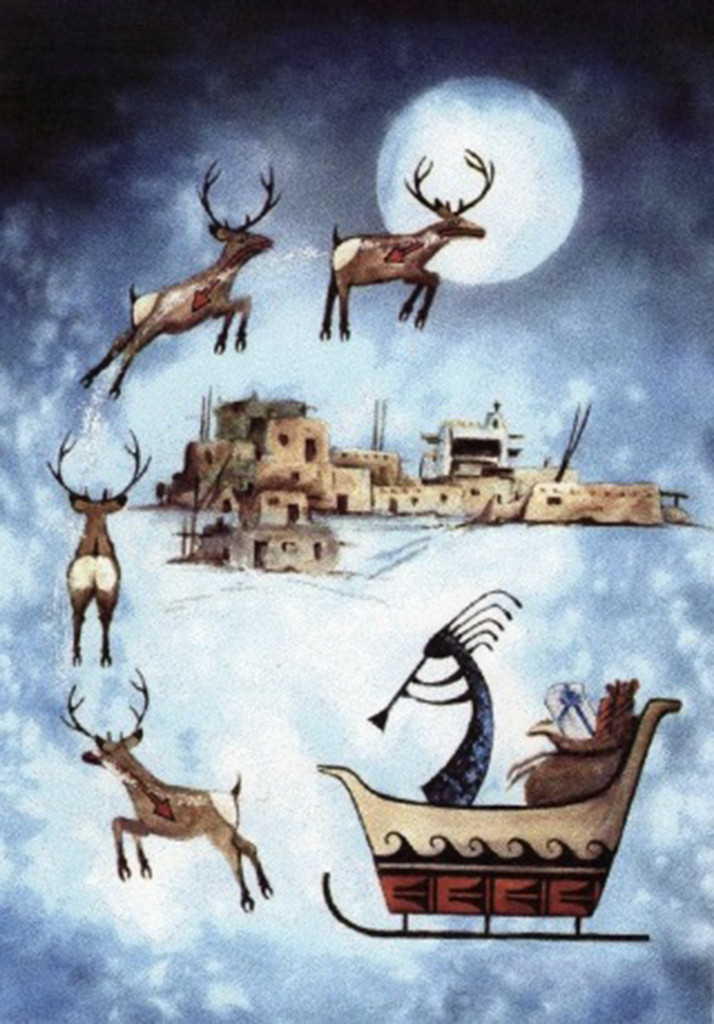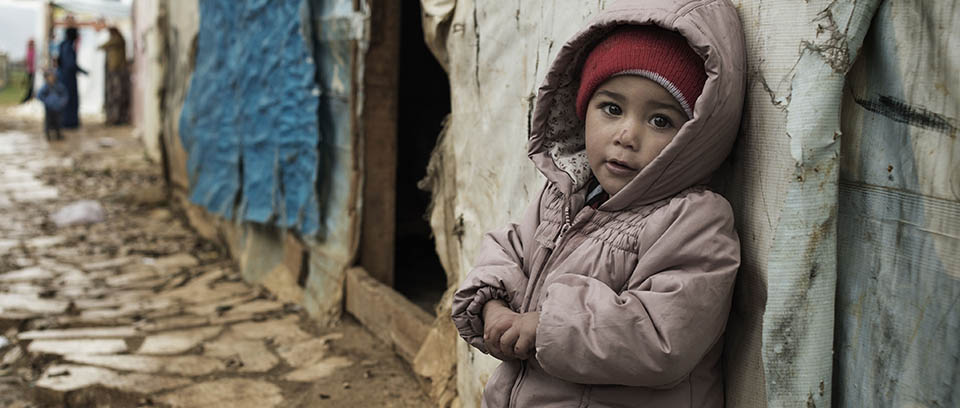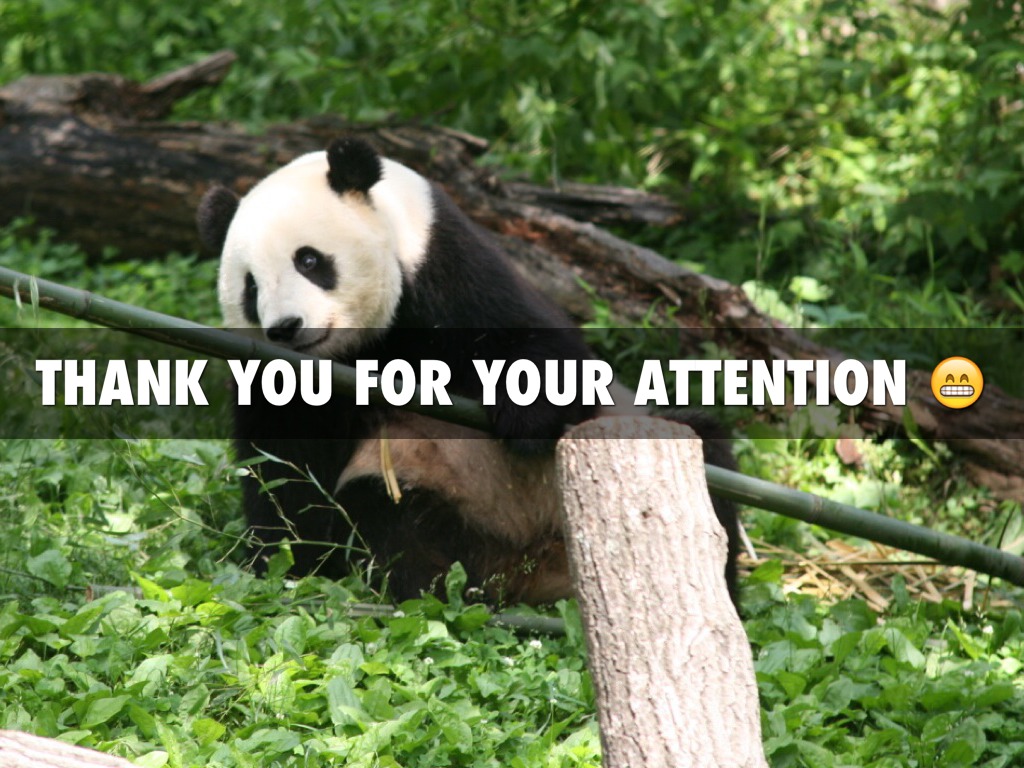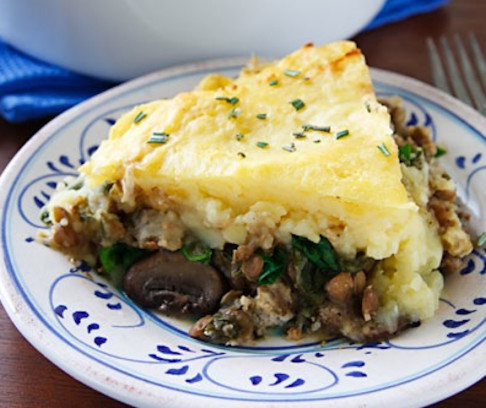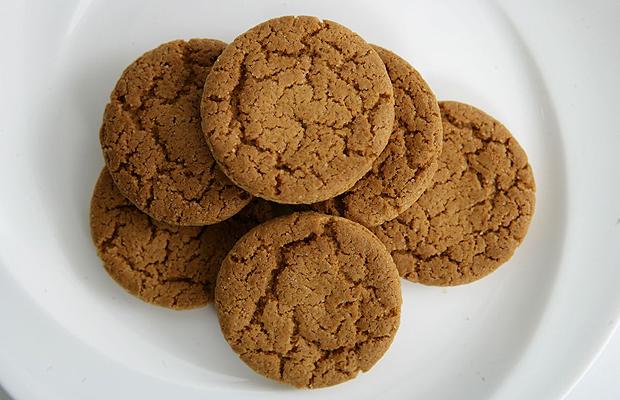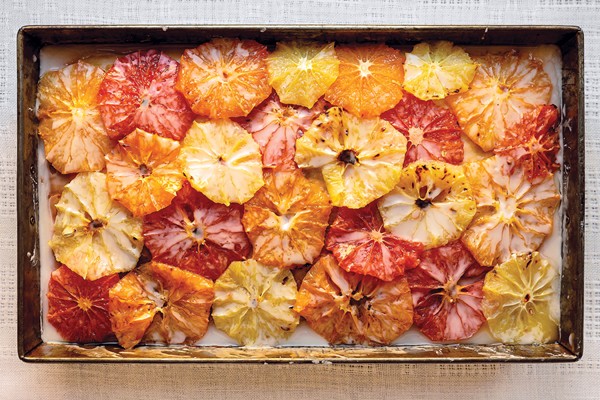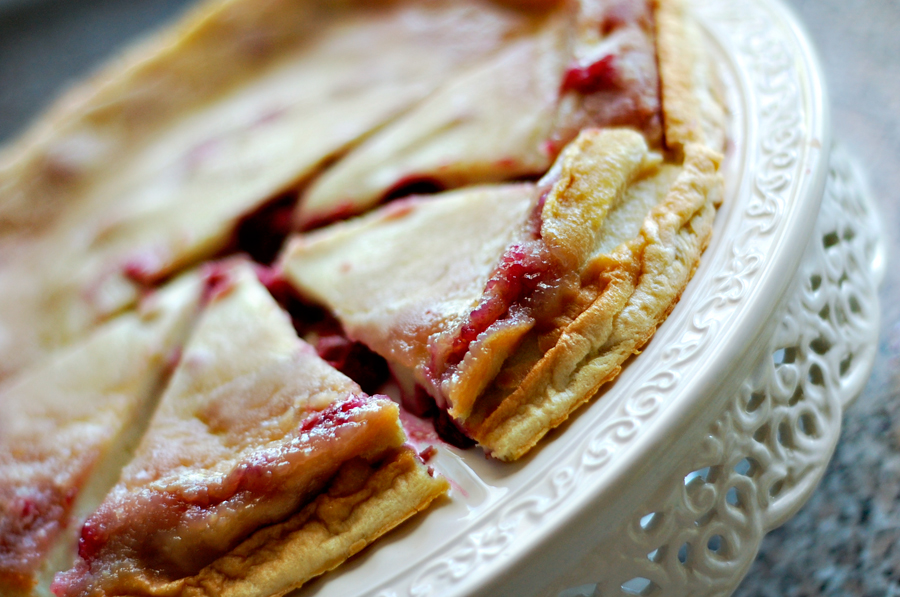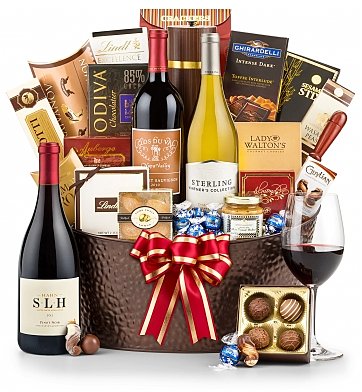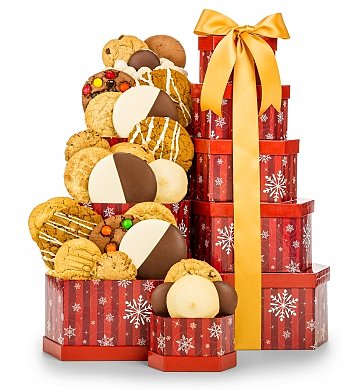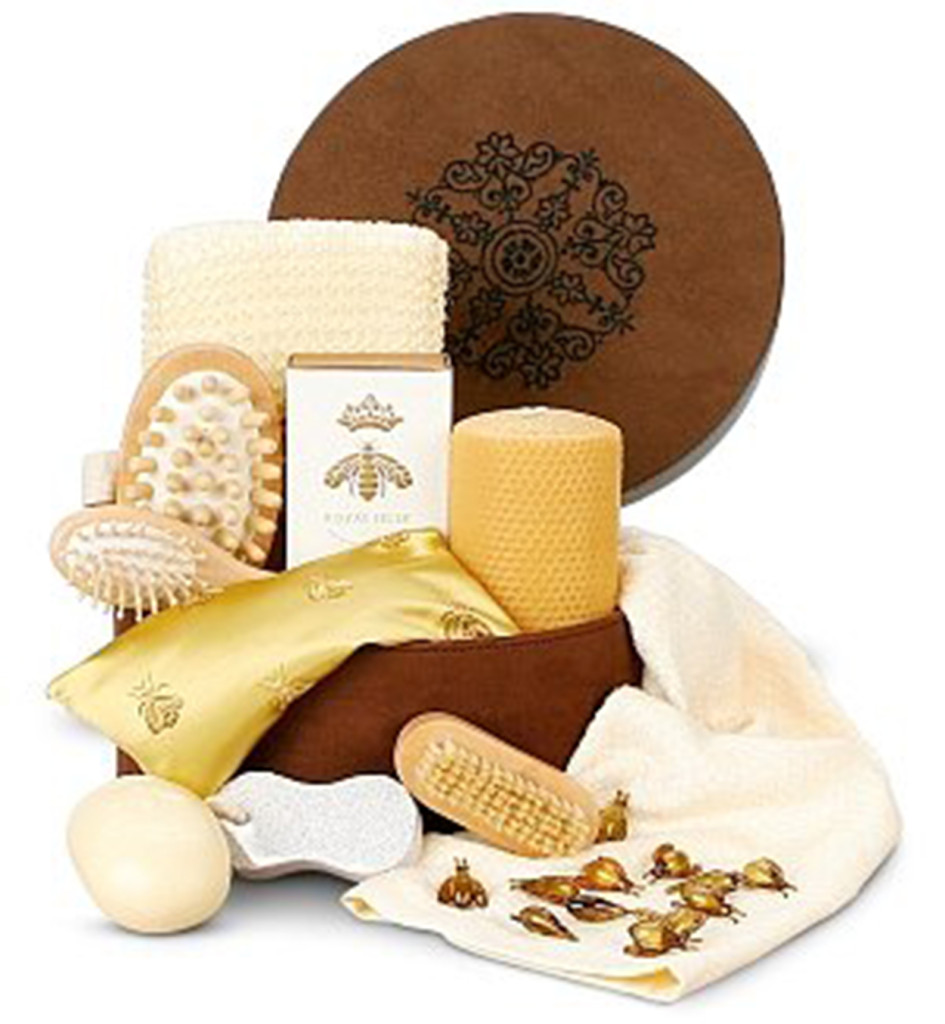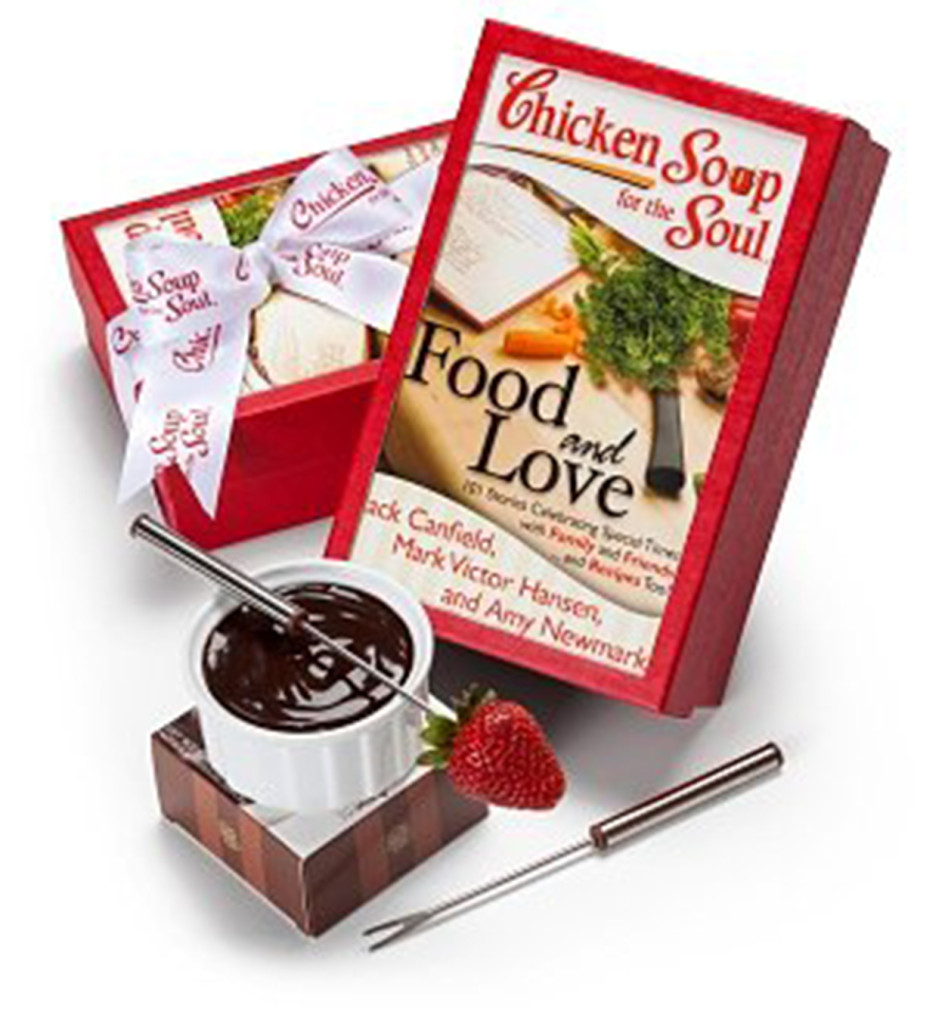27 Dec Cupping for Wellbeing
Cupping for Wellbeing
Cupping
On week 11, we are sharing an ancient procedure that has been used for thousands of years in many cultures. I grew up with it. Our NANA was Mapuche and Quero Indian and she used cupping to help us with health challenges from pains to fevers and so much more. It is an amazing procedure and it really works for so many conditions. When I lived in China, I started back on it and learned that they use it for Cosmetic purposes too, and WOW it does create very substantial results. The procedures are used for Cellulite, wrinkles, and scars to reduce fat deposits for facelifts and many other treatments.
We recommend for you to get the work done by a professional and to consult your health practitioner before you embark on any health-related treatments. Acupuncture Doctors will be glad to tell you all the benefits and contradictions. Enjoy and share these procedures with others, they are life-changing in many ways.
Definition of cupping
The word cupping was derived from the Arabic verbs “ Hajama” and :Haj’jama” by that they mean to minimize or to restore to basic size or to diminish in volume. In Arabic is a verb “ahjama” which means TO withdraw or retreat from an attack.
Ancient Cupping Tools Carved on Stone
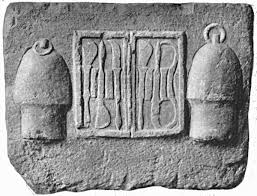 History of Cupping Therapy
History of Cupping Therapy
Cupping Therapy has been around for thousands of years. It developed over time from the original use of hollowed out animal horns (the Horn Method) to treat boils and suck out the toxins out of snakebites and skin lesions. Horns slowly evolved into bamboo cups, which were eventually replaced by glass. Therapeutic applications evolved with the refinement of the cup itself, and with the cultures that employed cupping as a health care technique.
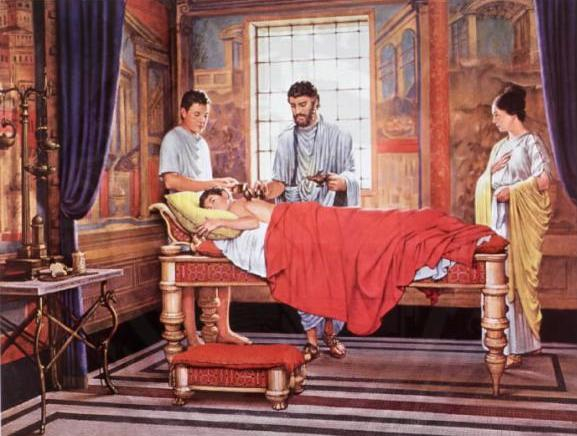
Bamboo Cups
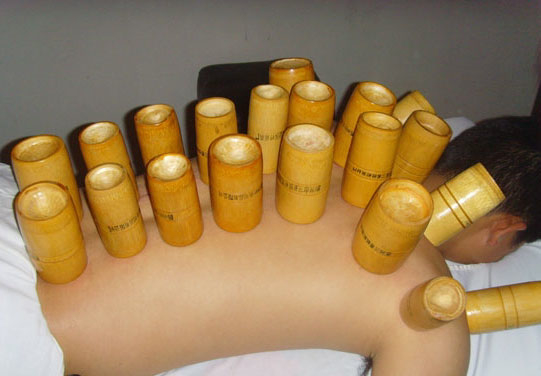 Animal Horns Cupping
Animal Horns Cupping
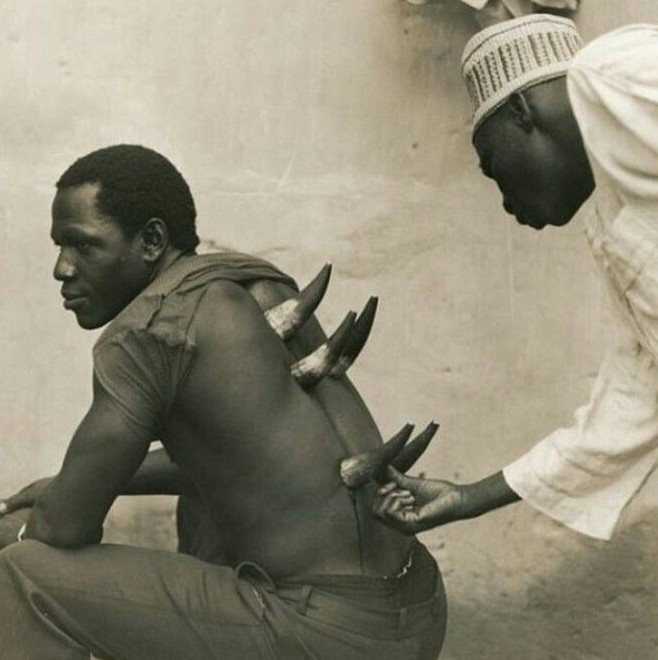 Ancient Cupping Tools
Ancient Cupping Tools
For the most part common information consider the Chinese to be responsible for cupping, however, the earliest records date back to the ancient Egyptians around 1500 B.C. Translations of hieroglyphics in the Ebers Papyrus, the oldest medical textbook, detail the use of cupping for treating fever, pain, vertigo, menstrual imbalances, weakened appetite intestinal illness and many other conditions helping to accelerate the healing crisis.
From the Egyptians, cupping was introduced to the ancient Greeks, where Hippocrates, the Greek doctor, Father of Modern Medicine and cupping advocate, viewed cupping as a remedy for almost every type of disease, he mentions it in the 400 BC In fact, other Greek physicians used the strong suction of cupping to restore spinal alignment by reducing dislocated vertebrae from protruding inward.
The earliest recorded use of cupping came from the famous alchemist and herbalist, Ge Hong (281-341 A.D.), who popularized the saying “Acupuncture and cupping, more than half of the ills cured.”
Though little known here in North America, this form of treatment is still popular in Asia, and Middle East, Finland South America and many other countries. As such, it is called by many names including Ba gwan, giac hoi, bekam, buhang, ventosa, bentusa in South west Asia. In the middle East, it is commonly referred as hijama, hejamat, and badkesh among many others.
The procedure involves using glass or ceramic cups, metal bells, bamboo tubes, animal horns, and a wide variety of other tools. However, recently the use of glass jars, plastic, and silicone are more popular, the common procedures from acupuncture practitioners is to use a cotton soaked in alcohol or medicated oil and ignited, this is place a side the container to heat it, lowering its internal pressure, the cup is immediately placed on the skin, and as the air inside cools, it creates a vacuum effect which makes the cup stick in a vacuum suction to the skin. Blood immediately rushes to the area, creating a natural body response.
There are two types of cupping: wet and dry.
The Dry Cupping session Usually this dry type of cupping is offered as part of a series and is used along with another therapy, and is applied to the back neck and shoulders, and of rarely to the limbs.Traditional Chinese medicine believes that the blood will flow better to the areas that are starved of oxygen.
More and more practitioners are
using plastic or silicone cups versus glass ones
The Chinese expanded the utilization of cupping to include its use in surgery to divert blood flow from the surgery site. In the 1950’s, after much extensive research, a collaborative effort between the former Soviet Union and China confirmed the clinical efficacy of cupping therapy. Since then, cupping has become a part of government-sponsored hospitals of Traditional Chinese medicine.
In time cupping spread to ancient cultures in many countries of Europe and even the Americas. Throughout the 18th century, European and American doctors widely used cupping in their practices to treat common colds and chest infections, often in the form of Wet Cupping.
Wet Cupping, also known as Artificial Leeching and Hijamah in Muslim societies, is where the practitioner makes tiny incisions in the skin to dredge the blood or poisons out.
By the late 1800’s, cupping became less popular and was severely criticized and discredited by the newly established scientific model of medicine. Since cupping was a surface treatment, with this new medical paradigm, which had shifted away from hands-on manipulative therapies for the most part.
Cupping therapy gradually became reduced to a mere curiosity and history of the past, for the most part collecting dust on practitioners’ shelves. In 2004 Cupping re-emerged as a hot new celebrity trend in the limelight of a New York film festival, where actress Gwyneth Paltrow’s, Jennifer Aniston and other celebrities backs revealed their fresh cupping marks. Countless celebrities like Jennifer Aniston, Victoria Beckham, and Denise Richards followed suit and became fast adopters of this hot new cupping trend. Unfortunately, some of the Hollywood buzz viewed the celeb’s cupping marks as simply bruises and rolled their eyes at its potential healing benefits.
Over the past three years, however, a handful of new studies have shown it helps relieve back, neck, carpal tunnel and knee pain among many other benefits. One thing is certain, and that is cupping is a powerful healing modality that can complement many healthcare modalities ranging from spa treatments to medical massage and physical therapy.
Vacuum massage has a beneficial effect on the body:
- it improves the blood circulation and lymphatic drainage;
- it increases the supply oxygen of tissue;
- it accelerates the metabolism;
- it facilitates the removal of toxins from the body;
- it improves the immunity.
- Increased local qi and blood circulation to the skin
- Drawing nutrients to the surface
- Enhancing absorption of lotions or serums
Let’s talk about cupping in the beauty world, for cellulite, facelifts, Wrinkles, general circulation, edema, inflammation and improving blood circulation to the skin and by gently stimulating the fibroblast cells, which produce natural collagen and elastin, your skin will reveal a healthy glow and plump those fine lines.
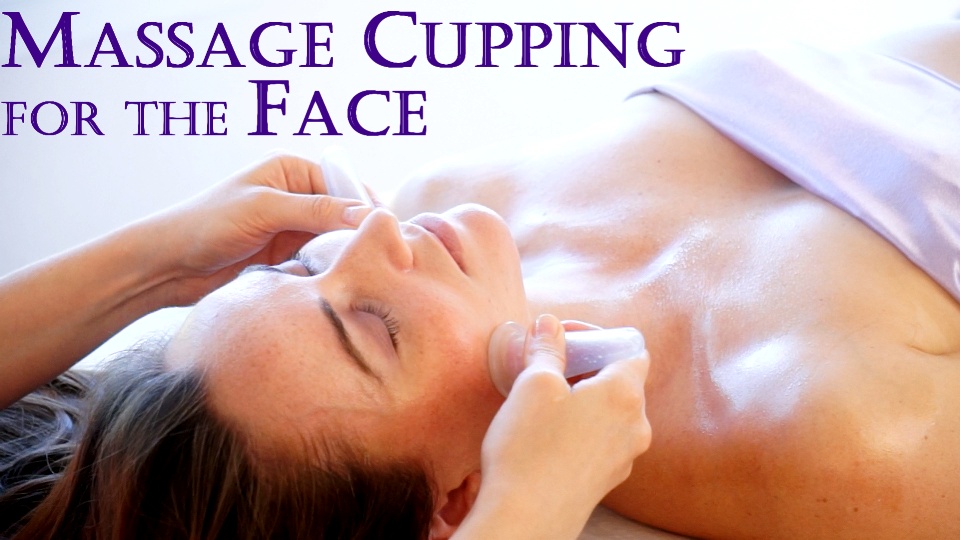 Facial cupping
Facial cupping
Facial cupping is said to clear heat and serves as a method of detoxifying the skin: it also drains stagnant fluids and eases puffiness.
Cupping is used either as a stand-alone treatment or as an addition to acupuncture facial treatment, facial cupping has benefits far beyond reducing fine lines and sagging jowls.
While traditional cupping can leave marks on the skin, facial cupping does not. Cosmetic facial cupping is entirely painless and is not an irritant to the skin it must be done preferably with oil or a very emollient cream. Cupping can be a unique way to prolong the wellbeing and of the aging time.
The procedure itself takes anywhere from 15 minutes to half hour to perform depending if it is combined with other methods and the therapist that performs the procedure. After applying a lotion or oil, a small cup is either placed for a few seconds over a deep wrinkle to increase blood flow to the area, or it is moved along the face and down the neck to drain lymphatic fluid and stimulate blood flow. Cups are placed over acupuncture points on the face for short periods of time to stimulate them as part of the overall treatment this procedure is best done by a professional due to the fact that they know the points and the amount of suction so you don’t create a bruise.
Done properly, cupping therapy will bring collagen to the surface and increase blood flow, reduce puffiness, dark circles and diminish fine lines. But the benefits go beyond just cosmetic, facial cupping can be very beneficial to drain nasal sinuses and the lymphatic system.
When increased of local blood supply it will bring nourishment to the muscles and skin and allow for toxins to be carried away via the veins and the lymphatic system.
Is a movement in the beauty industry that is taking us back to non-surgical and more traditional beauty methods with astounding results.
Cosmetic Facial Cupping is a wonderful and effective alternative to chemical , Laser or surgical facelift.
Reference:http://www.thenaturalbeautydoctor.com/facial_cupping.html
Contemporary Cupping Therapy for Health and Beauty
from: http://nabuxmont.com/2015/02/24/contemporary-cupping-therapy-for-health-and-beauty/
Cupping therapy is a safe, comfortable and effective treatment for many health disorders, with roots in ancient medical practice, in cultures as diverse as Egypt, Greece, Rome, Aztec, Native American, China and more. The current influence of Traditional Chinese Medicine and traditional Ayurvedic medicine has seen a reintegration of this healing therapy.
There are many methods of cupping, including stationary, dynamic, massage, bio-magnetic and facial rejuvenation cupping, among others. This modality can be integrated into other bodywork or received as a stand-alone treatment for stubborn conditions and orthopedic injuries. In many applications, the results from cupping protocols are comparable to other expensive and painful treatments.
The gentle pulling action of massage cupping engages the parasympathetic nervous system, allowing the body to float into deep relaxation. A sense of lightness, warmth, and relaxation often last for hours—or even days—after treatment.
Using suction and negative pressure, a vacuum is created, lifting skin, muscles, and connective tissues. The slow movement of the cups is able to penetrate deep into the muscles and fascia, releasing rigid soft tissue, gently loosening adhesions to break up and drain stagnation while increasing blood and lymphatic flow. A cupping treatment offers many of the benefits of deep tissue, lymphatic drainage, sports massage, abdominal massage and myofascial release not possible using tissue compression.
A WORD OF WARNING
If the Massage Cup is left in one area too long, a temporary cup mark or bruise can occur and it won’t be the result you are wishing to accomplish so it is best to exercise care. If you are concerned about how your skin might react, test the product on a part of your body that is not normally exposed. use it for longer than two seconds on each area of your skin, then gradually increase the time to no longer than one minute as you gain experience and here we are speaking of a massage, not continuous suction.
Do not use the face cup on pimples, blemishes, open lesions, sunburned or broken skin or on skin inflammations.
Drink plenty of water to help your body release toxins by itself.
On a therapeutic level, cupping is beneficial for many health conditions including:
Asthma
Diabetes
High blood pressure
Sinus congestion
Frozen shoulder
Chronic colon
Congestion
Anxiety
Sports injuries
Carpal tunnel
Tendinitis
Migraines and tension headaches
Chronic fatigue and fibromyalgia.
It is also beneficial for the treatment of pain, disorders of the digestive, circulatory and respiratory systems and to support detoxification.
The increased circulation of blood and lymph, drainage of waste and the loosening of adhesions improves the appearance of varicose veins, scar tissue, and stretch marks and lessens the appearance of dimpling on the thighs, hips and buttocks associated with cellulite.
Digestive function cupping therapy as a whole may be enhanced by abdominal cupping procedure. This is a very gentle treatment that stimulates the organs and the secretion of digestive fluids, and increases peristaltic movement and promotes better nutrient absorption overall.
The respiratory system responds very well to cupping therapy and breathing can improve for those with asthma. Sinus congestion, infection, and inflammation are directly relieved by the loosening and draining effects of the cups.
Stubborn and painful joint conditions may benefit by the stretching of connective tissues with cupping procedures, it creates an increased circulation and improved secretion of synovial fluid, thereby releasing congestion and stiffness and improving the range of motion in most cases.
Facial rejuvenation therapy has been practiced in Asia, Europe, and Russia for generations.
Cupping aids in detoxification. When the body is subjected to food additives, preservatives, and other external toxins that it is unable to break down and release, the toxins often become stored in the body, increasing an overall sense of malaise or muscle and joint pain.
It is recommended to drink lots of water when you are doing cupping procedures to aid moving toxins out of the body easily.
The suction process of cupping therapy pulls cellular debris and toxic waste to the surface, where it is released through the skin or picked up by the blood and lymph for elimination.
Whether looking for improved flexibility, more vitality, enhanced immune system, increased digestive function or to support detoxification, consider a contemporary cupping treatment and experience feeling lighter and more energized.

Cupping Body Massage System includes superior medical grade silicone cups. These hand-squeezed vacuum suction cups are based on the healing success of Ancient Chinese Cupping.
First, apply plenty of lotion or oil to the area to facilitate smooth movement and that will help avoid bruising.
Is recommended to start with the softer cup. Begin by squeezing the cup in the middle to create a very light suction. Place the cup’s lip to your skin and release make sure you do this gently and don’t grab to much skin and do not keep the cup in one place with a big suction it may cause a bruise, Move the cup over your skin using straight-line, circular and zigzag movements to massage the area for about eight minutes at a time. Drain the area by moving the cup toward the nearest lymph nodes.
Lymph glands draining direction of Head
Doing this technique doesn’t require any special preparation. The results are dramatic and best done on a consistent daily basis, after the third week be patient start slowly and increase to an everyday routine or at least four times a day, is recommended to start twice a week for the first week and a third day the second week is best to start slow and increase the amount of time so your body can adjust. The massage should not be painful, squeeze the cup so it is comfortable for you.
Gradually increase suction to stimulate circulation, remove stagnation, and release built up “sludge.” Once your skin has become more elastic graduate into the use of a hard cup. Continue to use the softer cup for more sensitive areas such as the arms, stomach, and inner thighs. The hard cup can be used on the back or other less sensitive areas always remember to do the massage in the direction of the Lymph nodes direction for drainage.
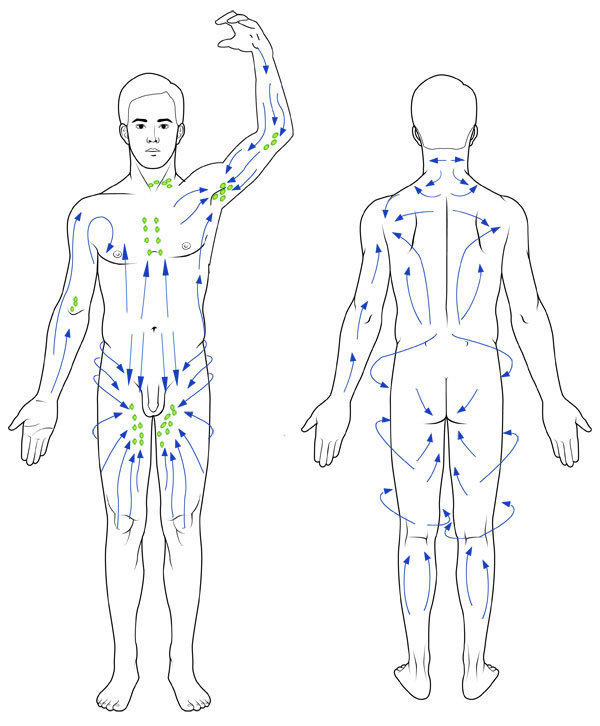 According to http://www.bellabaci.com/facial-massage/
According to http://www.bellabaci.com/facial-massage/
SQUEEZE, IT’S EASY
There are 2 silicone cups in the Bellabaci Facial Massage System. Start with the softer cup, graduate onto the harder cup after a few weeks once your skin becomes elasticized enough.
Apply cleanser, cream or nourishing oil to your face and neck, to facilitate smooth movement.
Squeeze the cup in the middle, then place the cup’s lips to your skin and release. Congratulations you’ve just given yourself your first Bellabaci kiss.
Massage according to the diagram provided.
Tone your skin afterward.
Use 2-3 times a week for best results.
- In Bellabaci Facial Massage System There is two superior grade medical silicone cups. It is recommended to start with the softer cup, graduate onto the harder cup after a few weeks once your skin becomes elasticized enough so you don’t create unnecessary pulling of the tissue .
- To start, apply a generous amount of cleanser, cream or nourishing oil to your face and neck, to facilitate smooth movement. We recommend our Bellabaci Skin Get A Life Genie, a powerful treatment lotion that turns into a luxurious oil, this treatment contains the modalities of Homeopathic and Aromatherapeutic complexes to stimulate skin renewal and repair.
- By Squeezing the cup in the middle, and then placing the cup’s lips to your skin and release you are on your way. Congratulations you’ve just given yourself your first Bellabaci kiss. Now , remember to keep the cup moving to avoid bruising!
- Massage according to the diagram provided on the box.
- Tone your skin afterward. Use 2 – 3 times a week for best results.
When improving blood circulation with the Facial Massage by gently stimulating the fibroblast cells, natural collagen, and elastin is produced and improved you must have consistency. Your skin will show a healthy glow Massage the face and neck according to the diagram provided. Apply your favorite toner and anti-aging moisturizer after the Facial Massage completion and enjoy your well toned glowing skin.
BROKEN CAPILLARIES
How to work on Broken capillaries, also known as Telangiectasia, it can negatively have an influence on one’s confidence levels. Broken Capillaries become visible between the ages of 30-50 and sometimes much earlier. The tiny vessels are you find just under the surface of the skin are delicate and can be bruised or damaged quite easily so is best to be gentle with them. Pressure or one of the mentioned factors below may cause them to dilate and break. Once broken, they veins remain that way and for the most part cannot constrict back to their normal thickness or repair themselves for so many reasons.
Main Causes of Broken Capillaries:
- Excessive Alcohol Consumption
- Extreme temperature
- Using too hot of water in the shower or when washing the skin
- Excessive harsh rubbing of the skin
- Certain medications such as sinus medications, cortisones
- Related skin disorders or complications such as Rosacea or Acne
- High Blood Pressure
- Allergies (causing excessive sneezing, thus putting pressure on capillaries) and many other reasons
What else contributes to broken capillaries?
Broken capillaries become more prominent as you get more mature because your skin gets thinner due to some collagen loss and there forth with it becomes easier to see the veins. Some conditions can also be hereditary if your parents had problems with telangiectasia rosacea; chances are you may have the experience yourself.
When you have excessive consumption of alcohol over a long time you can increase the blood pressure, causing the veins in to dilate. The repeated dilation may lock the veins in that position. Broken capillaries may also indicate liver issues.
What you can do apart from using sunscreen, lowering alcohol use, adding gentler facial products and in general being more conscious about are overall behavior. The many options of treatments offered to rid of broken capillaries are some times painful and expensive. Some of the testaments offered include Sclerotherapy and laser/IPL treatments and more. Results are not truly guaranteed and for the most part repeated sessions may be required if the results are not accomplished.
How you can treat your broken capillaries more easily and naturally.
One easy way out is to use your Facial Bellabaci Cup set combined with our innovative formula of products designed for this purpose, The Skin Get a Life Genie. The negative pressure from the cup allows new fresh blood and oxygen to help the damaged capillaries, immediately improving the redness, you will notice that as you use your cup, you will observe the vein that looks blue will become red, and then lighter until everything disappears. It almost feels like an illusion as it disappears before your eyes. The Homeopathic Synergies and Aromatic oils in the Genie will also assist to strengthen your skin and reduce visibility and occurrence. Make this a part of your daily routine, just a few minutes per day and your skin will continuously repair itself, also addressing the thickness of your skin by regenerating collagen.
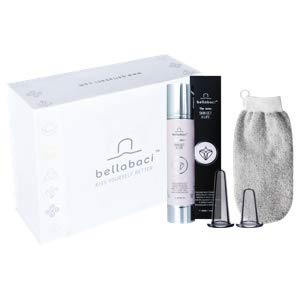
Skin Get a Life Facial Kit from Bellabaci
The perfect trio to give you that glowing skin you have been dreaming about. The Skin Get a Life Facial Kit includes: 1 x Deep Cleanse-Pro Mitt 1 x 4oz Skin Get a Life Genie in a Bottle 1 x Face Cup Set (1x soft and 1 hard cup in a set) Start your skin care regime by achieving the perfect cleans. All you need to do so is the Deep Cleanse-Pro Mitt. Just wet it with warm (not too hot) water, and wipe away your make up and the day’s stresses. To cleanse, just rinse and hang to dry. Follow by applying your Skin Get a Life Genie in a bottle. This Genie is a gel that turns into a luxurious oil and treats all your skin concerns, which includes: Dry and Dehydrated skin Itchy skin, Psoriasis and Eczema Broken Capillaries Ageing skin Wrinkles and lines Crow’s feet Fluid retention in areas such as under eye bags Poor circulation Use your Bellabaci Facial Cups over your Skin Get a Life Genie to increase product penetration, and to deeply stimulate the skin for repair and renewal. Regular facial massage helps to stimulate collagen and elastin production, which delays the ageing process and gives you that instant glow healthy skin has.

Premium Quality Cupping Set w/ 19 Cups, 10 Acu-pressure pointers are INCLUDED
19 x Plastic Cupping Cups (Premium Quality, 13 of the 2″ dia cups, 1 of the 1.8″, 2 of the 1.6″, 2 of the 1.3″, and 1 of the 1.1″ dia cups), 1 x Pistol Grip Hand Pump, 1 x extension tube (optional), 1 x Carrying Case (Professional Look). Magnificent quality plastic cups with shockproof & heatproof that can be sterilized with boiling water. 10 custom Acu-pressure pointers included. It is finest baby bottle plastic material used for strong, clean, and leaves no marks and scratches easy.
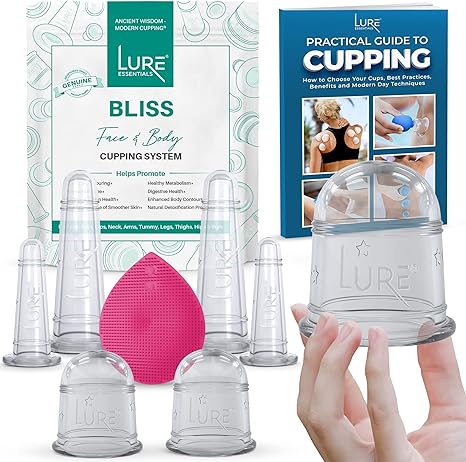
Cupping Therapy Set – Best Quality in Class Massage Cups for Face, Body, Back and Legs for Trigger Point, Myofascial Release, Cellulite & Wrinkles
- One of the BEST GIFTS You Can GIVE Yourself and Your Loved Ones – Cupping Massage is known to help: improve circulation, reduce inflammation, release toxins (lymphatic drainage and detox), lower blood pressure, relax muscles, relieve joint pain, fibromyalgia, regulate hormones, release endorphins, promote healing, improve sleep.
- MASSAGE Can help you feel human again! Stretch weak, tight or atrophied muscles, reduce post-surgery adhesions, ease medication dependence, reduce spasms and cramping, lessen depression and anxiety. If you suffer from headaches, migraines, neck, shoulder or lower back problems, muscle stiffness, tension, sport injury, Carpal Tunnel – Cupping can help!
- Body Cups: traditionally used for thousands of years to relieve muscle & joint pain & inflammation, neck and shoulder tension, stress, increase circulation, metabolism, visibly improve cellulite, stretch marks, scars, spider veins, digestive function, fibromyalgia, firm & tone skin and much more!
- What You Get: 5 Massage Cups – Body Cups: 1 Large (2″), 2 Small (1.5″) + 1 Facial Cup (.75″), 1 Eye Cup (.25″) diameter + FREE Exfoliating silicone face brush, satin bag, tutorial, professional cupping videos and unconditional guarantee and replacement warranty.
- You Will LOVE How Cupping Makes You Feel and THE DRAMATIC RESULTS. LURE created a unique a GIFT SET to help you achieve desired results with Cupping Therapy: strengthen the immune system by stimulating lymph flow – the body’s natural defense system; improve condition of your skin (collagen and elastin), wrinkles, stretch marks, cellulite, scars and more!
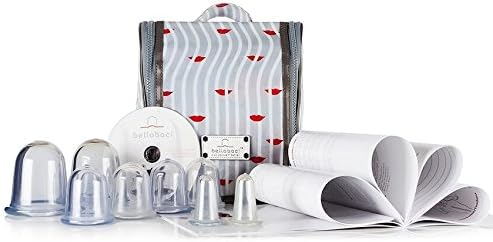
Bellabaci Super Training Set from Bellabaci
- A highly innovative yet insanely practical massage therapy cup that not only takes the strain out of massage, it allows you to offer your clients long-term solutions to persistent problems.
- Once trained it is easily performed by qualified massage therapists and physicians. a wonderful ancient technique has found its place in the modern world of healing.
- Bellabaci massage is a modified and simplified version of the ancient cupping therapy
- Less stress and strain on your own body during massage. faster better results and solutions to old ailments and treatments can be tailored to suit any massage routine.
- This massage utilizes the Bellabaci silicone, hand squeezed cups, which create suction on the body surface and moving them in a specified sequence we have created an exciting new treatment, which apart from being different and new it also provides the patient with excellent healing results.
Bellabaci Professional Therapist Massage System from Bellabac
Cellulite Treatment, Lymphatic Drainage, Deep Tissue Massage, 4 body cups, 2 face cups, case, and instructional DVD, A daily ten-minute massage can bring you incredible results!

